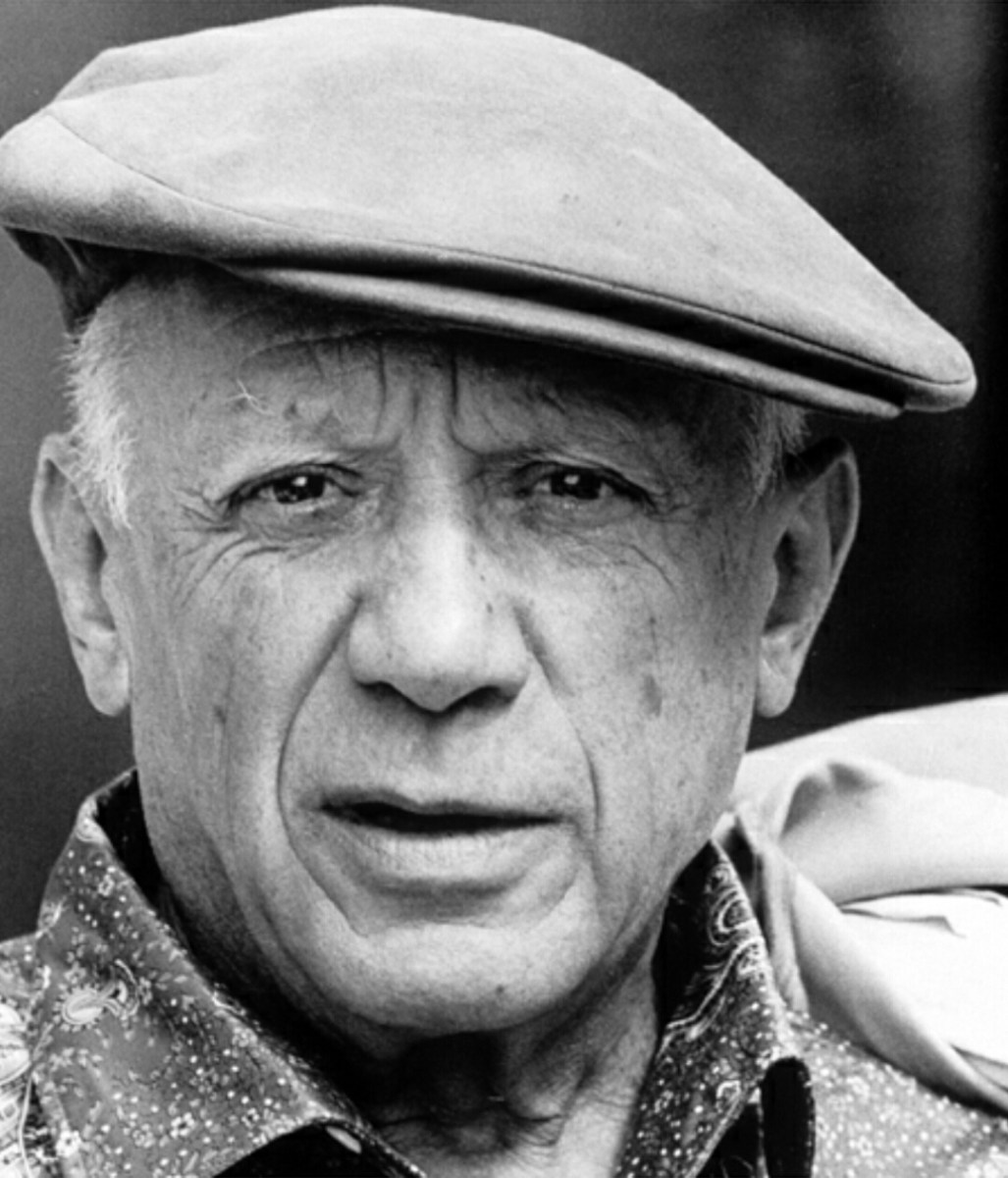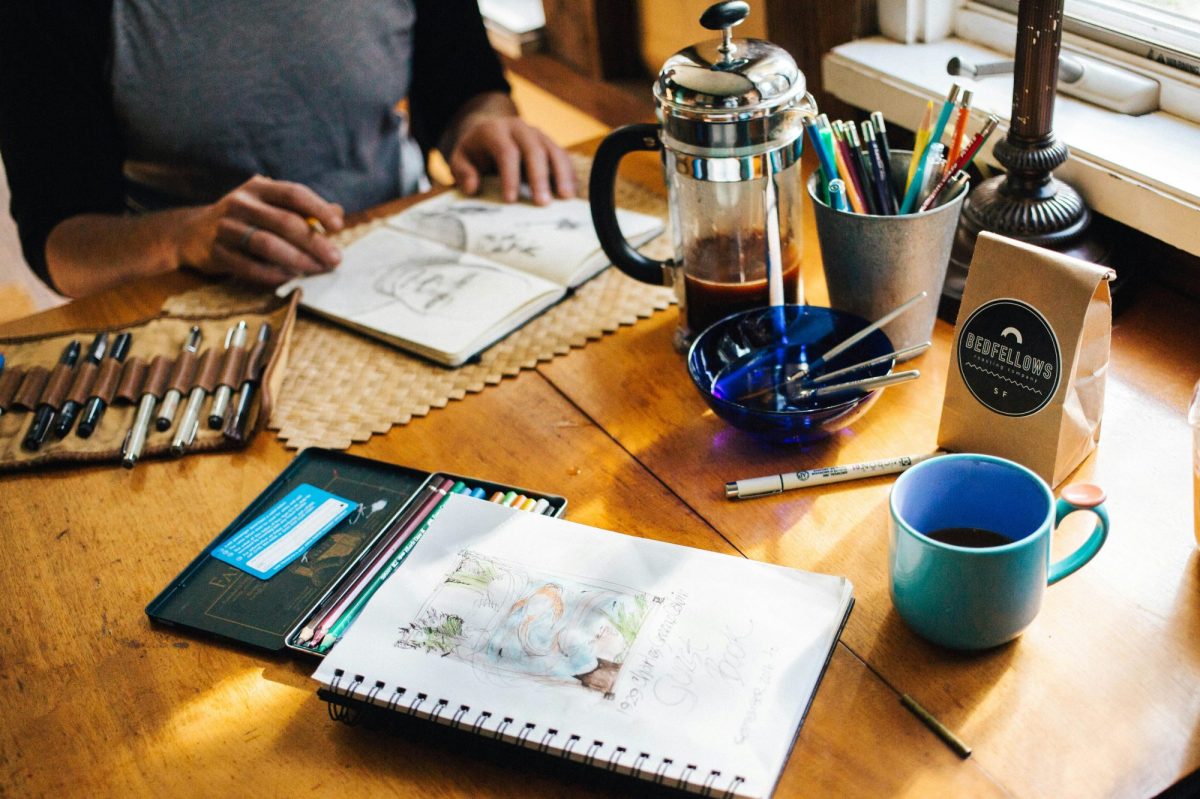Finding the motivation to match the prolific work of some of history’s greatest artists can be intimidating, but studying their daily routines can be liberating. The best artists usually have ample time in their days to relax and live their whole lives. Short bursts of intense productivity are standard, as is the emphasis on daily relaxation.
There are other similarities. From the quiet hum of Beethoven’s dawn compositions to Maya Angelou’s disciplined writing sessions in a sparse hotel room, the daily routines of history’s most prolific artists reveal one shared secret: the power of structure. Building low-stakes, positive habits to be practised daily(ish) can hold the key to a robust work profile.
Pablo Picasso’s daily routine
Pablo Picasso was a night owl, working in structured bursts of focus from late afternoon into the evening. He valued solitude when working, but spent most of his afternoons leisurely socialising or sketching. He would sleep into late morning.
He is famously quoted as saying, “Inspiration exists, but it has to find you working.” This may conjure an image of Picasso furiously chained to a canvas, but this is not wholly accurate. Picasso had flexibility in his routine, usually going with the ebb and flow of inspiration. He would work obsessively in concentrated bursts, but leave long stretches of time for recovery.

Maya Angelou’s daily routine
To escape the seduction of her everyday, domestic life, Angelou rented a hotel room every morning, typically from seven until just after lunch. She brought a bible, a thesaurus, a bottle of sherry and her writing tools. She showed remarkable discipline in her routine.
The specific quarantine of her own space holds powerful clues for artists struggling to find a routine. In the wake of COVID-19, ‘working from home’ has become the norm, especially for creatives. Finding external, work-dedicated spaces can be a powerful assistant.
Beethoven’s daily routine
Like Angelou, Beethoven rose around dawn. He famously began each morning with coffee, obsessively counting exactly 60 beans per cup. He composed until mid-afternoon, breaking up his work periods with long walks. He credited the natural environment on these long walks with providing his inspiration.
Beethoven’s solitary, obsessive nature is evident in his routine and mirrors Angelou’s dedication to craft. However, like Murakami (explored below), Beethoven mixed his creative process with physical activity to assist inspiration.
Haruki Murakami’s daily routine
Haruki Murakami’s daily routine is all but legendary and shows his appetite for discipline. Murakami wakes at four in the morning and writes for five to six hours. Afterwards, he runs or swims and then reads or listens to music. He credits his regimented schedule for assisting him in developing a ‘trance-like state’ in his work.
While Murakami’s repetition is problematic for mere mortals to manage, his routine does hold other clues. The balance of creative work, rest and physical activity is the balance shown by other creatives. Like Angelou and Beethoven, Murakami deliberately narrows his distractions to create a controlled environment for creativity. Like Picasso, he believes creativity comes not from the gods but from repetition and work.
Read: Rethinking routine, creative output and rest in uncertainty
“Writing itself is mental labour,” he says, “but it also requires the ability to put yourself into a state of creativity every day. That’s not something that just happens naturally – it’s something you need to train yourself to do.”
Georgia O’Keeffe’s daily routine
Famed artist Georgia O’Keeffe also rose early in the morning to paint and worked for several uninterrupted hours. Like others, she returned to nature for inspiration and took time to deliberately rest in nature. Her focus on solitude, particularly in the early morning hours, allowed her a certain degree of freedom in creativity.
“I have already settled it for myself,” she said, “so flattery and criticism go down the same drain, and I am quite free.”
All five artists rested just as much as they worked, focusing on distraction-free environments and daily dedication. Their simple, disciplined lifestyles allowed them to become some of the greatest artists of their respective generations.





